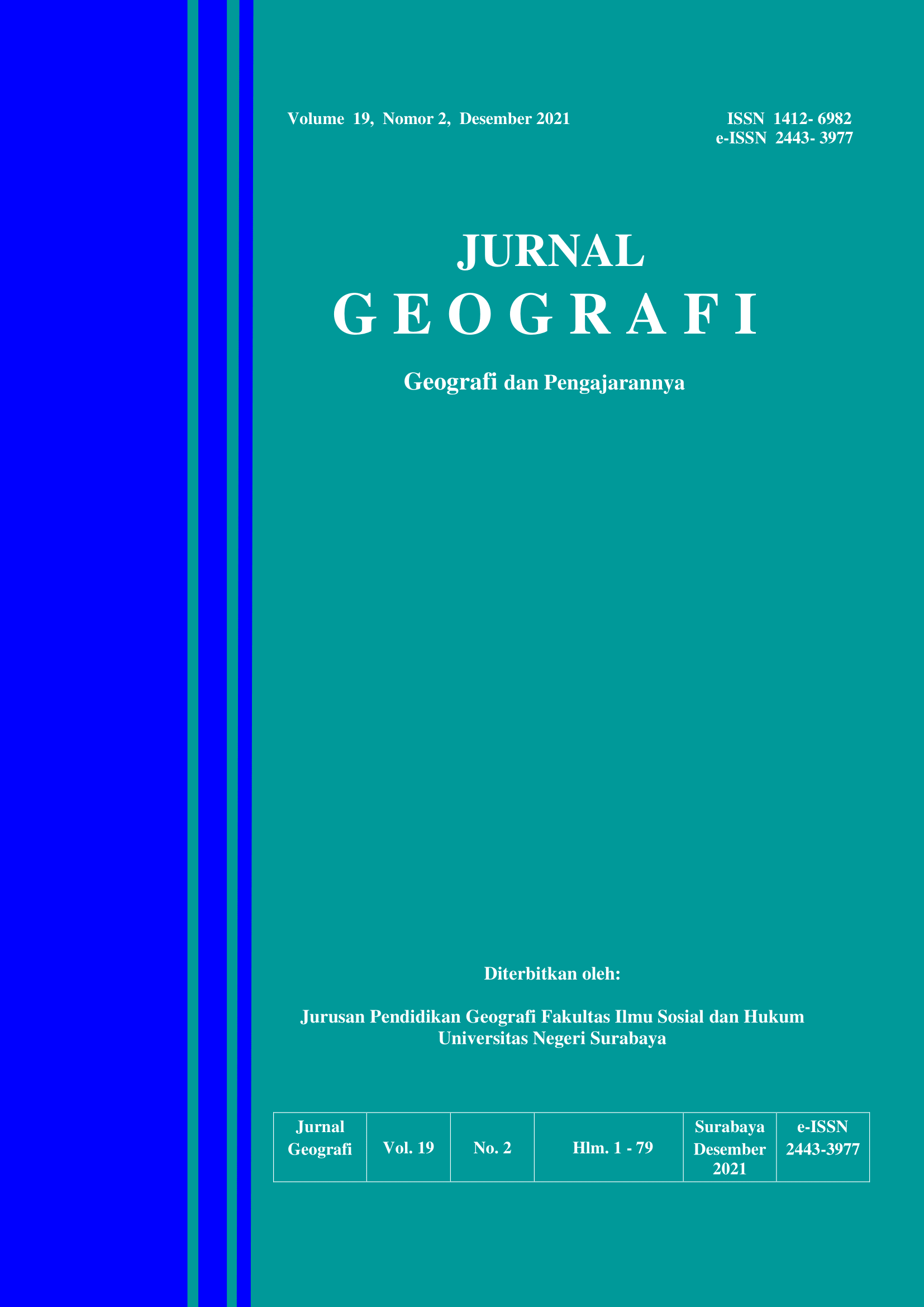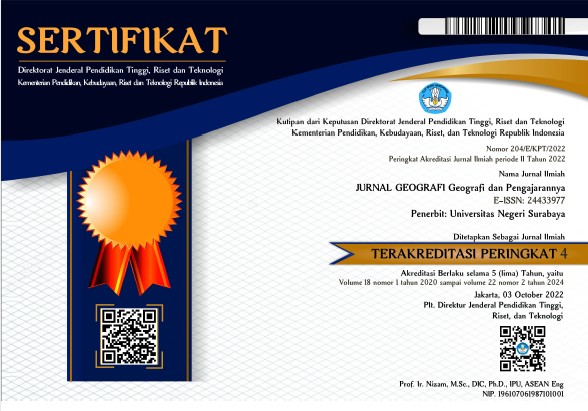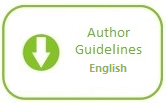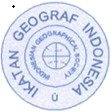ANALYSIS OF CRITICAL LAND USING FOREST CANOPY DENSITY METHOD IN THE AGROPOLITAN DEVELOPMENT AREA OF LAMONGAN REGENCY
DOI:
https://doi.org/10.26740/jggp.v19n2.p19-26Keywords:
Critical Land, Forest Canopy Density,Abstract
Abstract: Critical land is a form of degraded land. The biophysical condition of the land that tends to decline causes a decrease in agricultural productivity, the environment, and food availability and is caused by the unwise use of natural resources. This research will be conducted in the southern part of Lamongan Regency which focuses on agropolitan rainfed rice fields which have experienced some decline in harvest yields in the last year. The research method is an analysis of the distribution of critical land using a Geographic Information System which is divided into main stages, namely: database development and data analysis, which begins with data collection, supporting maps, and literature study. The critical level of land in agropolitan areas in Lamongan Regency is divided into 5 categories, namely Not Critical, Potentially Critical, Slightly Critical, Critical and Very Critical but the very critical category turns out that there is no land that falls into that category so there are only 4 categories of critical land which shows that the land is classified as critical. non-critical area is 125.44 ha with a percentage of 0.24, Critical Potential area is 38736.37 ha with a percentage of 74.80%, somewhat critical category covers an area of 12827 with a percentage of 24.77%, and Critical Category covers an area of 100.28 ha with a percentage of 0 ,19%
Keywords: Critical Land, Forest Canopy Density, AgropolitanAbstrak:Downloads
References
-
Downloads
Published
How to Cite
Issue
Section
License
Copyright (c) 2021 JURNAL GEOGRAFI Geografi dan Pengajarannya

This work is licensed under a Creative Commons Attribution-NonCommercial-ShareAlike 4.0 International License.
 Abstract views: 611
,
Abstract views: 611
, PDF Downloads: 561
PDF Downloads: 561
















